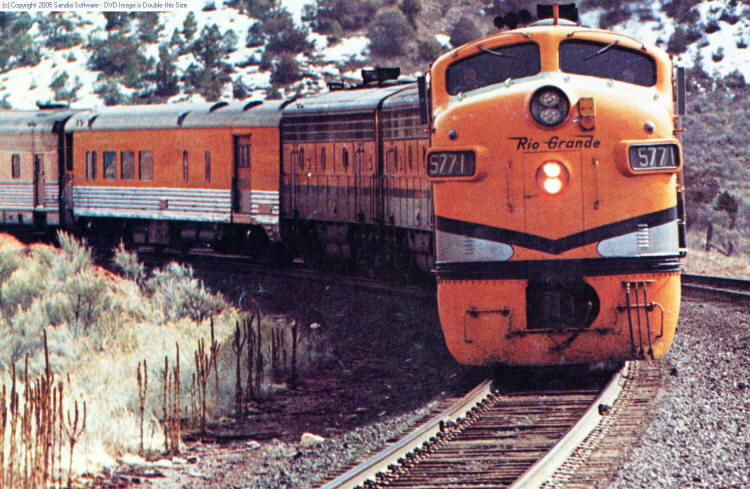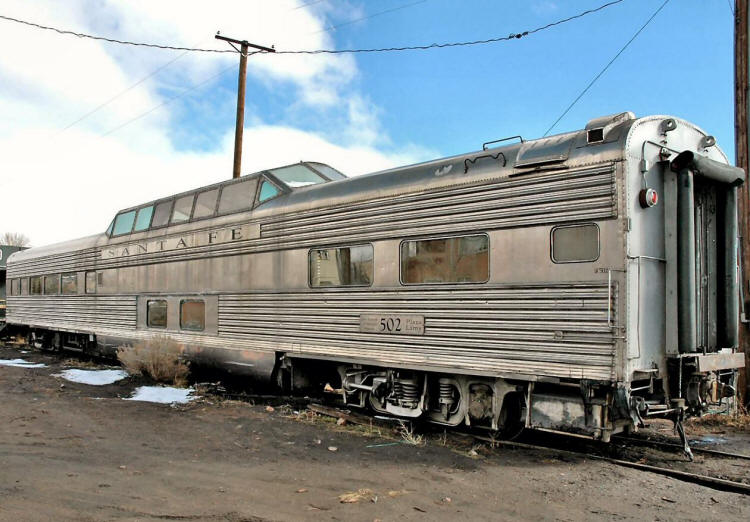Page Two: Turn Back The Clock To The 1950's

2 1/2
hour ride each way
The train’s gathering place is the Max Biegert car - this car features a hardwood dance floor, expansive full-service bar and music. A highlight of every journey is the jazz musicians, who fill each train car with soothing melodies reminiscent of another time. Once at the Grand Canyon, we enjoyed a guided tour to several intimate lookout points offering spectacular canyon views. The magnificence of the changing landscape as the sun sets through the canyon’s walls, constantly changing the colors of the plateaus and mesas with shifting shadows and light was indescribable.

6 1/2 hours to Williams is quite easy on I-40nii9-09
We boarded the train for the return trip as the moon was rising and the first stars appear in the night sky. One forgets there are stars in the sky when you live in a large city like Los Angeles!
Throughout the return trip, we visited the open-air platform at the rear of the train on the luxurious Max Biegert car.
We enjoyed miles of open starry sky and cool mountain air, all while being soothed by the melodic clickety-clack of the train track. We could step inside to enjoy the live music and festive atmosphere. It was a travel opportunity that we could not resist. Reminiscent of a by-gone era when rail travel was the epitome of elegance.
Budd Company, Builder Of Fine Railcars From 1930's Thru 1980's
From the 1930s until 1989 the Budd Company was a leading manufacturer of stainless steel streamlined passenger rolling stock for a number of railroads.
In the 1950s Budd built a set of two-story or high-level cars for the
Santa Fe's El Capitan and Super Chief passenger trains, which became the prototypes for
the Amtrak
Superliner cars of the 1980s.
In the early 1980s, Budd reorganized its rail operations under the name TransitAmerica, this name appearing on the
builder plates of the Baltimore/Miami cars and Chicago's later order of 2600-series cars (but not the LIRR/MNCR M-3s). The new name did not save the company, and in April 1987 Budd ended all railcar production at its Red Lion plant in Northeast Philadelphia and sold its rail designs to Bombardier Transportation.
Numerous Budd built railcars are preserved, either by museums or private owners, many of whom run them in charter service. Their quality of construction and elegant design have made them highly prized.

The locomotives were found, restored, repainted and run every day

The railcars were found all over the US and restored to pristine
condition